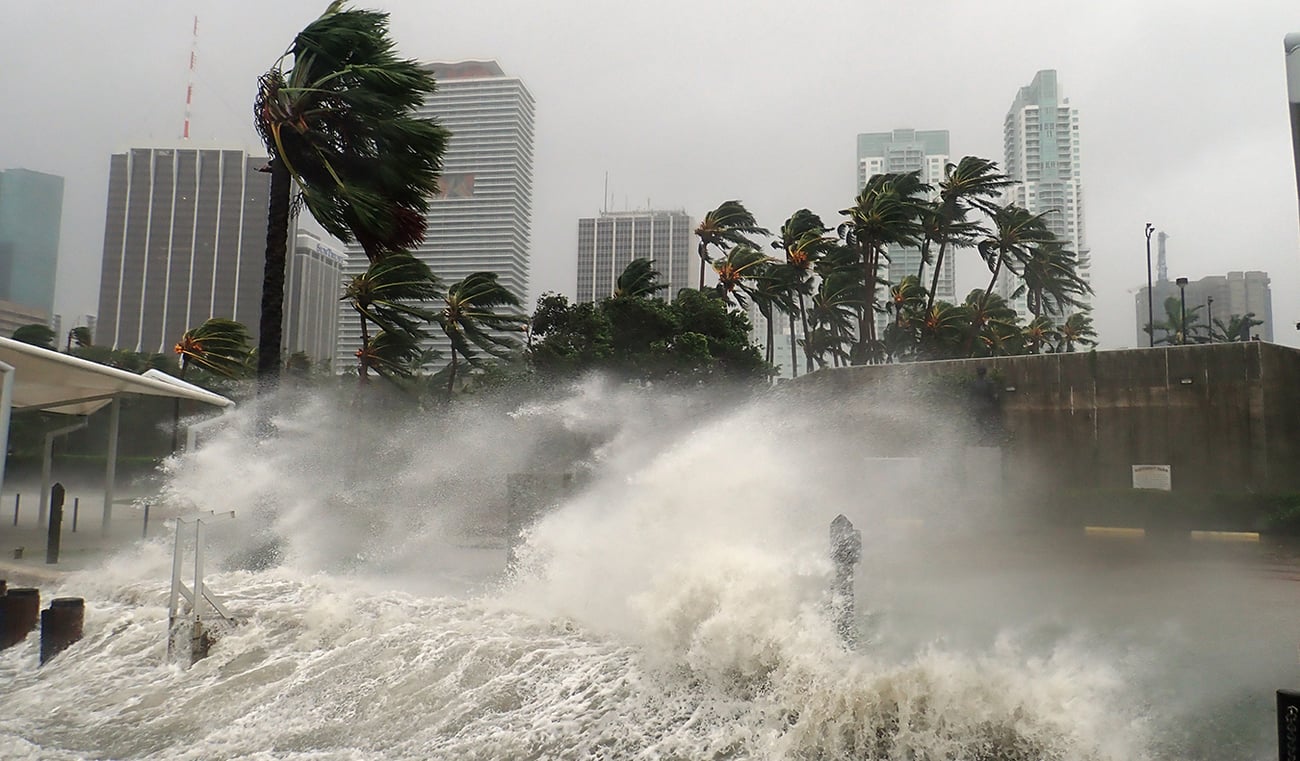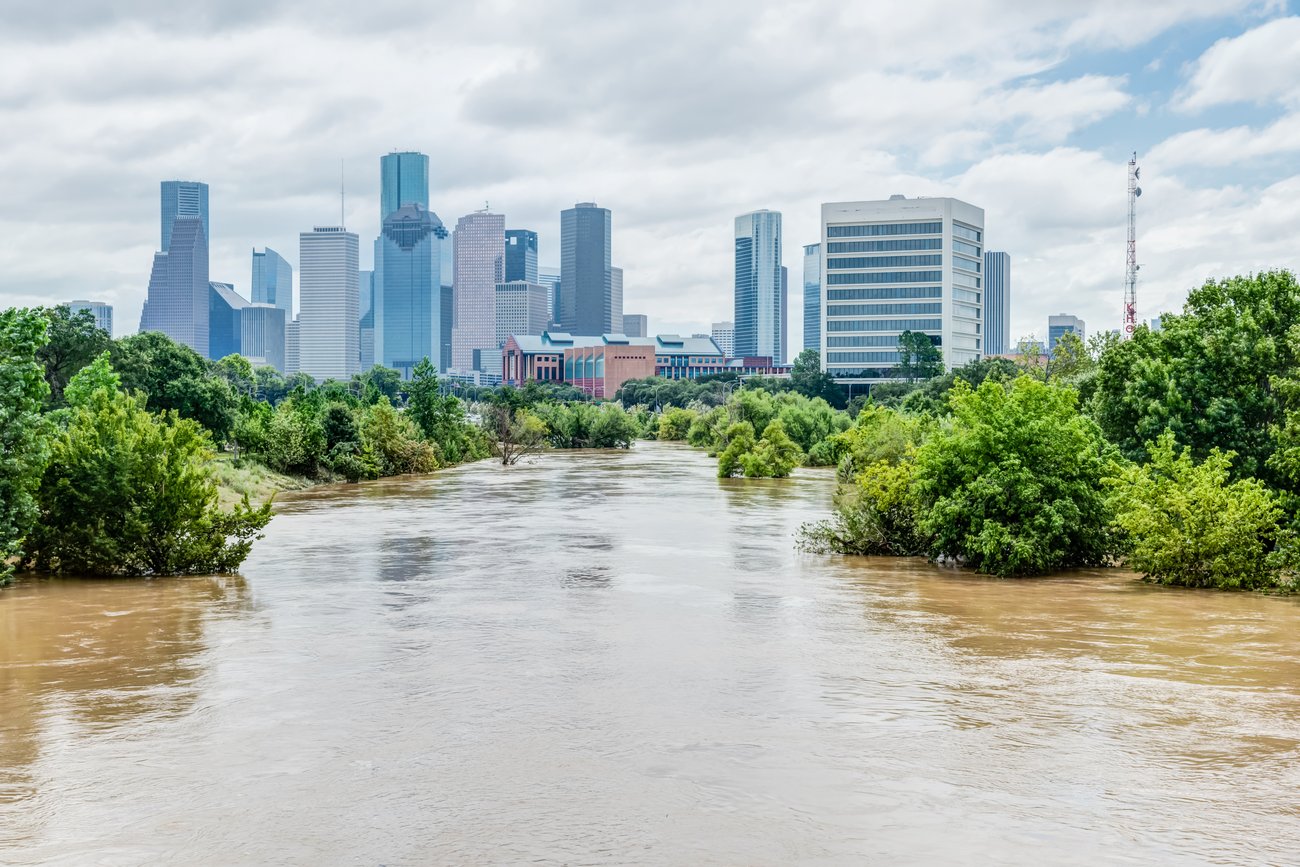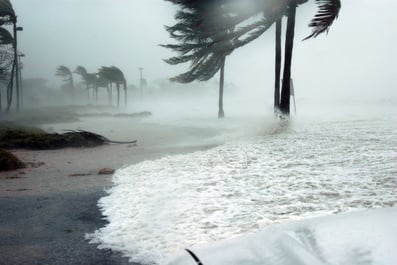More than a category: The importance of an all-hazards approach to hurricane preparedness

Summary
AccuWeather meteorologists are predicting another above-average Hurricane Season. Now is the time for organizations to review their hurricane preparedness plans, taking into account any changes to assets or procedures that may have taken place over the past year.
Key Highlights
Water is deadly: Storm surge is the deadliest hazard in a tropical system, with inland flooding a close second
Tornado threat: The outer bands of tropical systems often spin up short-lived but intense tornadoes as the storm interacts with land
Don't focus on category: Even tropical storms or lower-end hurricanes on the Saffir-Simpson scale can cause significant damage
All-hazards approach
When reviewing or creating an emergency plan around hurricanes or tropical systems, it’s important to take an all-hazards approach, accounting for more than just the winds in a storm, which is how a storm’s rating on the Saffir-Simpson scale is determined.
Winds are just one hazard – and not even the deadliest – among many that a hurricane poses as a threat to life and property. So what hazards should be taken into account during hurricane preparedness discussion and planning?
Catastrophic flooding and storm surge
Storm surge and inland flooding are responsible for the majority of deaths during hurricanes. We’ve seen multiple examples of the devastation that extremely wet storms can cause, with storms like Harvey producing 60+ inches of rain, Florence producing 35+ inches, and even Joaquin, which sent moisture into the Carolinas, producing 25+ inches of rain without ever making landfall.
Tropical systems can produce immense and dangerous rainfall and flooding well inland. This can be an especially dangerous hazard because people in impacted locations may not be expecting to deal with high impact, tropical-related hazards so far away from the coast.

"Just" a tropical storm
One storm in particular stands out as a prime example of why it’s detrimental to focus solely on the category and wind components of a storm: Tropical Storm Imelda. Despite being "just" a tropical storm, Imelda produced a maximum rainfall amount of 44.29", making it the 5th wettest tropical cyclone in the continental United States.
- Do you know what kind of flood zone your assets are in?
- Are you vulnerable to storm surge?
- Is your organization protected by flood insurance?
Now is the time to find those answers by checking your community’s flood map and calling your insurance provider.
Tornado outbreaks
Tropical storms and hurricanes can produce tornadoes, sometimes over the same area for an extended period, and that tornado threat often remains even as the storm moves further inland.
We saw this during Hurricane Harvey when the outer bands of the storm were continuously spinning up tornadoes for several days as the hurricane lingered over southern Texas. An estimated 40-50 tornadoes were confirmed, about half of which were near the Houston Metro area.
It’s not uncommon for tornado warnings to be issued for an hour or more, as bands on the right side of the storm continuously spin up tornadoes.

Final takeaway
It's critical to have a trustworthy and reliable source for your weather information that can give you definitive answers on all hazards, impacts, and timing for your specific location.
Partnering with AccuWeather For Business will ensure you have detailed, location-specific and timely information regarding tropical hazards, as well as 24/7/365 access to an expert meteorologist to provide additional context around complex storm scenarios.
- Determine the hazards each of your locations are most vulnerable during a hurricane and review past events to determine improvements that can be made
- Perform a vulnerability assessment of all equipment, processes and operations
- Talk with your insurance providers to ensure that you have the necessary types of coverage
- Coordinate your preparedness activities with vendors, supply chain members and local partners
- Create a company-wide playbook for tropical systems that addresses operational vulnerabilities
Join us in May where we'll be discussing the outlook for the 2021 Hurricane Season and how organizations can be prepared.








